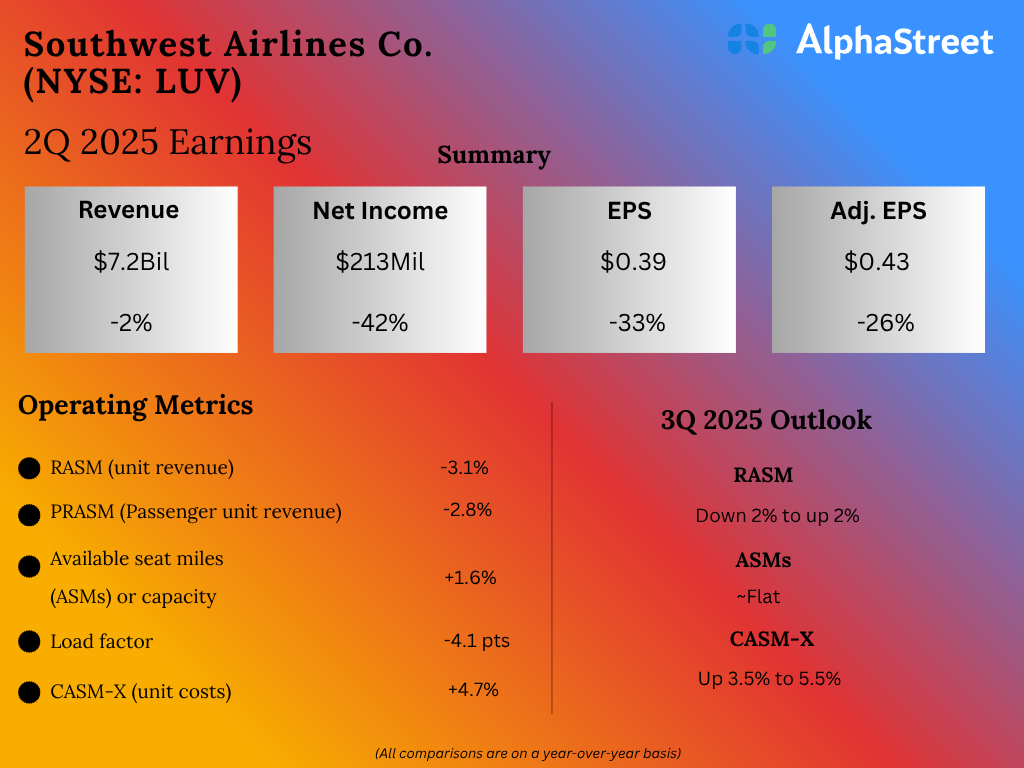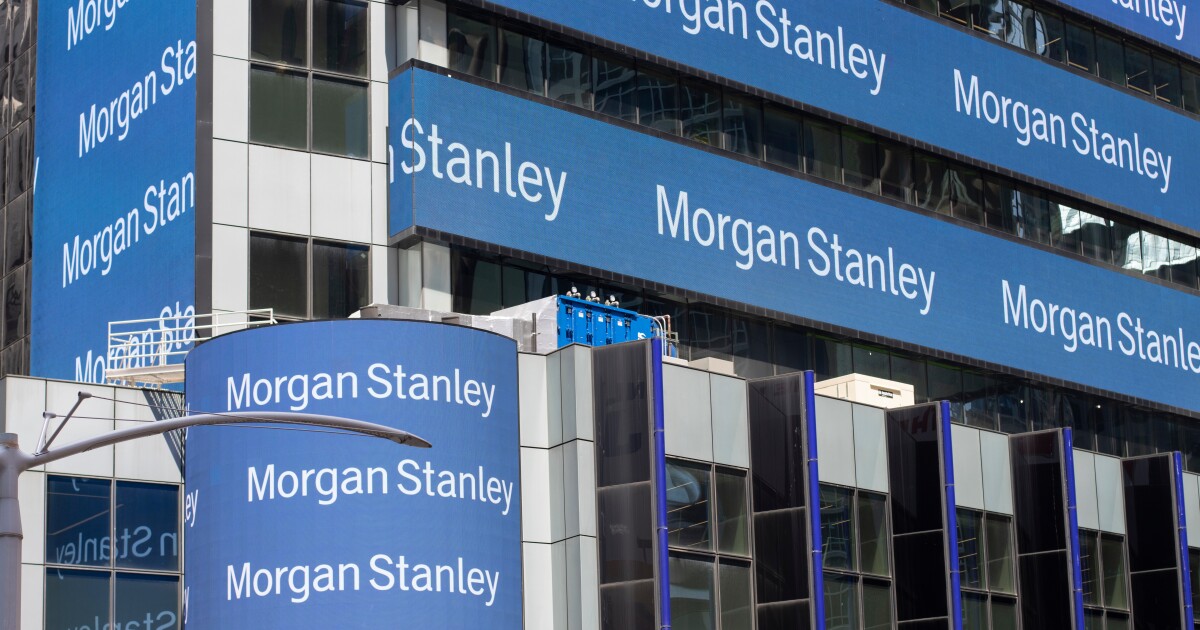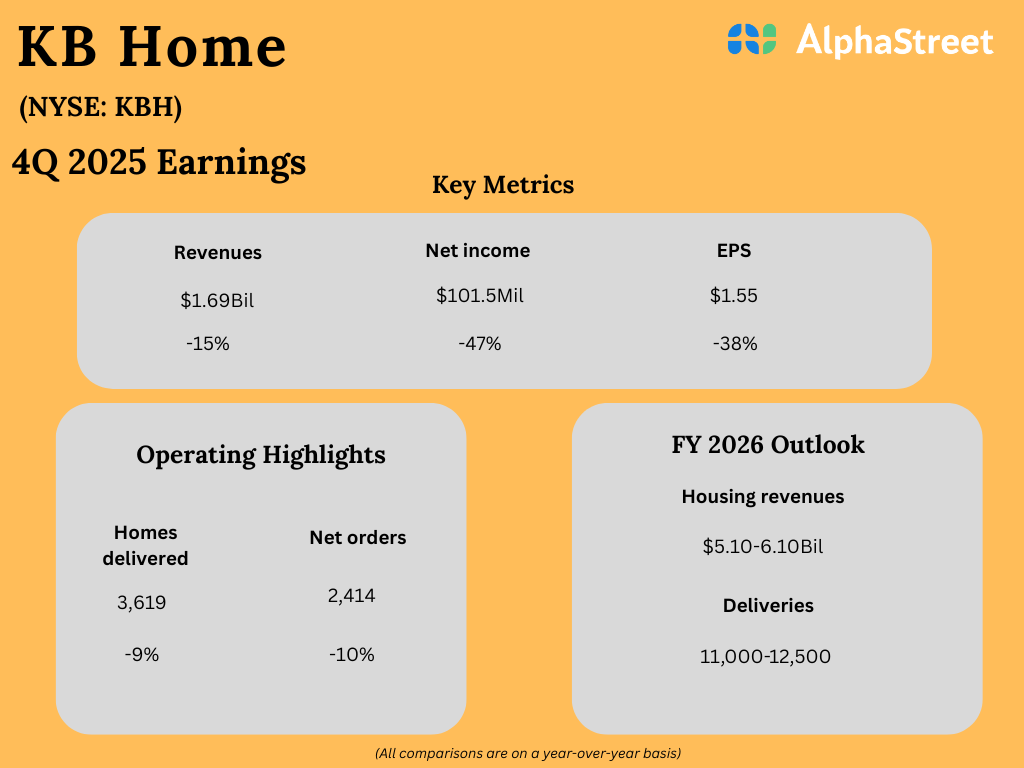In This Article
Most passive real estate investments forecast returns in the 12%-20% range. Some come with high risk, while others come with low or moderate risk. The critical question for investors is, “How can I tell which passive investments come with high risk versus lower risk?”
Risk is only one dimension affecting investment returns. Other dimensions include minimum investment amount, time commitment, tax benefits, personal values, and access for non-accredited investors, among others.
Once you wrap your head around that fact, you can start looking for investments offering asymmetric returns with relatively low risk. Here are a few of the first things we look at in our co-investing club, as we vet deals to go in on together with $5,000 apiece.
Red Flags
In particular, I watch out for these red flags among passive real estate investments.
Short-term debt
Real estate deals fall apart for one of two reasons: The operator either runs out of money or time.
From 2022 through 2025, it’s been a bad market for either selling or refinancing. High interest rates drove up cap rates, which means lower property values.
Operators who took out short-term bridge loans that have come due during this period have run out of time and found themselves in a terrible position. If they sell, they lose huge amounts of money. If they refinance, they also need to cough up huge amounts of money, since their properties are now worth 25-30% less on average. Read: capital calls or bailouts from supplemental loans.
Floating rates with no protection
There’s nothing inherently wrong with floating-rate commercial loans—if the operator has protection in place against higher rates.
That could mean a rate cap, or a rate swap, or some other way to limit the risk of higher rates. Just make sure the monthly payments won’t go through the roof if loan rates rise, and that the operator’s projections featured the highest possible rate.
No expertise in the asset class or market
In our co-investing club, we want to diversify across many different asset classes beyond multifamily, including industrial, retail, mobile home parks, raw land, secured debt, and so forth. But when we meet each month to vet an investment, we want the operator to be a deep expert in their one narrow niche.
In other words, we want our portfolios shallow and wide, with small investments across many asset classes. But each individual investment should be narrow and deep, with a niche expert operator.
For example, we want to invest with a specialist operator who’s done 30 industrial sale-leaseback deals—not a multifamily operator who’s making their first foray into industrial real estate.
The same logic applies to geographical markets. We want to invest with operators who know a specific market inside and out, with a proven local team on the ground.
First-time local management collaboration
When I first pre-vet a deal, one of the questions I ask is, “How many properties do you currently own in this submarket, managed by the same local team who will manage this new property?”
Operators sometimes brag about being “vertically integrated” and having their own property management and construction teams. I don’t care about that. What matters is how many properties they’ve worked with the exact same team on managing in the past.
You might also like
I don’t want to hear an operator say, “We’re expanding into a new market, and we’re really excited about the property management team who will be taking over.” Instead, I want to hear them say, “We own 10 other properties within a three-mile radius, and the same property management team manages all of them.”
Optimistic projections
Every sponsor claims “conservative underwriting.” Obviously, not all of them do. But short of picking through every cell of every spreadsheet, how can you tell?
A few quick items I look at include:
The projected exit cap rate compared to the current local cap rates for this asset type
The projected pace of rent hikes
The projected pace of insurance hikes
The projected pace of labor cost hikes
Watch out for any operator projecting rent hikes faster than 3% annually, or operators projecting only modest insurance and labor cost increases.
I also don’t want to see projected exit cap rates lower than the current market rates for this asset class. Ideally, they forecast returns based on worse market conditions, not current or better ones.
High regulatory risk
If we’re considering a multifamily or other residential investment, we only want to invest in markets with owner-friendly regulations.
I invested in tenant-friendly jurisdictions early in my career. It once took me 11 months to evict a nonpaying tenant. Eleven freakin’ months. When he left, he punched holes in every cabinet and intentionally scratched up the flooring as much as possible. And that’s just one particularly memorable example, among many others.
That said, nonresidential investments can work out just fine in tenant-friendly markets. For example, our co-investing club invested in a boutique hotel in Southern California, which has performed very well.
The only time we’ll make an exception is if the operator has such deep local property management expertise that it becomes a competitive advantage. Our co-investing club once invested in a multifamily property in the tenant-friendly Portland metro area, with an operator who actually started two decades ago as a local property management firm. That investment has done fine—because this operator knows exactly how to navigate the difficult regulations there.
Green Flags
Now that you know what not to invest in, what are some indications of a lower- or moderate-risk passive investment?
A deep track record in the market
I love to invest with sponsors who know their local market and their asset class inside and out, backward and forward.
Several times now, our co-investing club has invested with a sponsor who specializes in Class B value-add multifamily properties in Cleveland. They specifically target buildings servicing cops, teachers, firefighters, and the like. They’ve done dozens of similar deals, all in the same city, where the principal has lived his entire life.
Deep experience with the same management teams
That sponsor I was just talking about? All their deals are managed by the same in-house property management and construction teams.
Long-term protected debt
I couldn’t tell you whether it will be a good market for selling in three years from now. But at some point in the next 10 years, there will almost certainly be a good market for selling.
Look for longer-term debt, which offers the operator plenty of runway to sell when the market is right—not when their short-term debt expires. And, of course, look for some kind of rate protection if they’re using a floating rate loan.
Truly conservative projections
The market shouldn’t have to improve for a deal to deliver on its projected returns. Look for deals where the projected exit cap rate is equal or preferably higher than today’s local cap rates for that type of property. Likewise, look for slow projected rent hike rates (after the initial bump from renovated units, if applicable).
Experience through several market cycles
You can read about the 2008 housing crisis and Great Recession in as many online articles as you want, but unless you lived through it as a real estate investor, you won’t truly appreciate what a catastrophic market downturn looks and feels like.
Operators who have invested through several market cycles will protect themselves from future downturns in a way that newer investors just don’t think to do. Knowing the risks firsthand gives you a greater respect and appreciation for how things can and will go wrong in unexpected ways.
No online courses or textbooks can convey that feeling of losing hundreds of thousands of dollars. As someone who’s been there myself, I want to invest with operators who have also learned those hard lessons firsthand.
Diversifying Creates a Bell Curve of Returns
Even when you check for these and other red flags, all investments come with some risk. You can optimize your odds of success by screening out higher-risk investments, like we do. But if you want a sure thing, buy Treasury bonds for a 4% return.
When you invest in enough passive real estate investments, the returns form a bell curve. For example, I invest $5,000 at a time in 12 to 16 passive investments each year. I have about 40 passive investments outstanding currently. A few will inevitably underperform, while a few others will overperform. Most will deliver somewhere in the middle of the bell curve, typically in the mid-to-high teens.
Over the long term, these investments average out to deliver strong returns. I put the law of averages to work in my favor.
You don’t want to get stuck investing $50,000 to $100,000 in one or two deals a year, and having that one deal go sideways on you. That’s a recipe for lying awake at 3 a.m., chewing your fingernails.
With one or two real estate investments a year, your returns don’t form a bell curve. You get individual data points that could end up anywhere along the curve.
I learned long ago that I can’t predict the next hot market or asset class. So I no longer try to get clever—I just keep investing month after month, in strong economies and weak, bull markets and bears, and sleep easy knowing that the numbers on the page will average out in my favor over the long run.


























